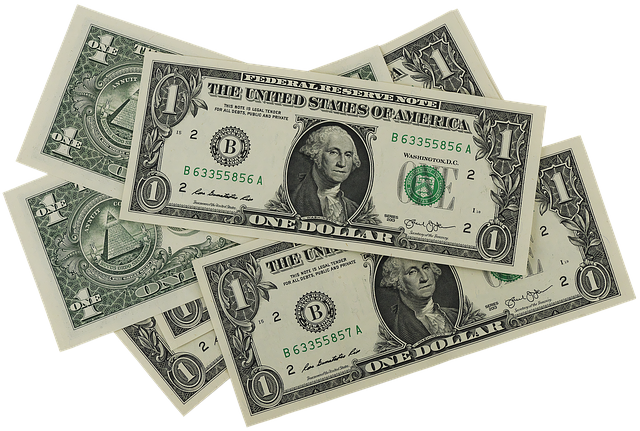As of January 7, 2025, the U.S. dollar (USD) has exhibited notable movements influenced by various economic indicators and policy expectations.
Recent Performance
The U.S. Dollar Index (DXY), which measures the dollar’s value against a basket of major currencies, has shown fluctuations in response to economic data and market sentiment. On January 6, 2025, the DXY closed at 108.26, reflecting the currency’s relative strength.
Factors Influencing the Dollar
Several key factors have contributed to the dollar’s recent performance:
- Economic Data: Robust employment figures and persistent inflation have led to increased Treasury yields, enhancing the dollar’s appeal to investors.
- Federal Reserve Policy: Anticipation of the Federal Reserve’s monetary policy decisions, particularly regarding interest rates, continues to impact the dollar’s valuation.
- Global Economic Conditions: The dollar’s status as a safe-haven currency means it often appreciates during periods of global economic uncertainty.
Implications for Investors
Fluctuations in the dollar’s value can significantly affect investment portfolios, especially those with international exposure. A stronger dollar can reduce the value of foreign investments when converted back to USD, while a weaker dollar can enhance returns on such investments. Investors should consider currency risk and potential hedging strategies in light of the dollar’s movements.
Outlook
While the dollar has demonstrated strength, discussions continue about its long-term position as the world’s primary reserve currency. Factors such as geopolitical developments, alternative currencies, and shifts in global trade dynamics could influence the dollar’s future status.
In summary, the U.S. dollar’s value is subject to a complex interplay of domestic economic indicators, monetary policy expectations, and global economic conditions. Investors should monitor these factors closely to assess potential impacts on their portfolios



